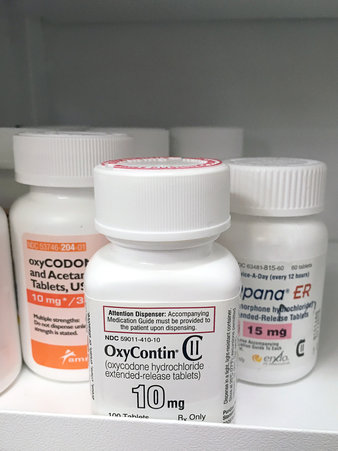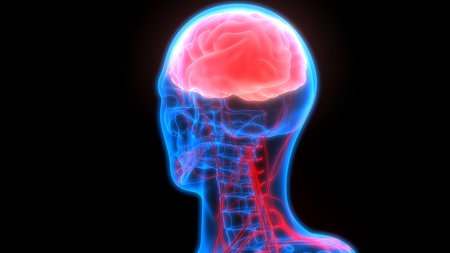Regular substance use, no matter what kind, suppresses emotions and interferes with people’s ability to experience what is happening around them. Take a look at the physical implications of prolonged use and learn how to reawaken the senses once the substances leave the body.
Addiction and the Brain
The brain is the hub of all our activities. It regulates the body’s physical functions and is responsible for our thoughts, behaviors and responses to our environment. We need it to walk, talk, think, create and feel.
Drugs affect different parts of the brain by inhibiting its ability to communicate vital information. One area of the brain that is affected is the cerebral cortex, which is responsible for seeing, feeling, hearing and tasting. It is also essential for thinking, planning and making decisions.
Another area is the limbic system, which regulates the ability to feel pleasure and perceive other emotions. Many drugs cause neurons to release abnormally large quantities of dopamine and other pleasure-inducing neurotransmitters. They also disrupt the brain’s ability to regulate these neurotransmitters naturally and lead to a “crash” once the substance leaves the system.
Emotional Tolerance
The beginning stage of recovery is often likened to an “emotional roller coaster” because mood swings are common; however, remaining abstinent and working a program of recovery affords a person the ability to experience and appreciate life’s natural course. Developing coping skills and a support network should be a priority in order to tolerate stressful situations.
It is also important to participate in activities that lead to pleasure and fulfillment. Get together with a group of people who know how to have fun without using substances. Find activities that you enjoy, and pursue them.
Mindfulness
One powerful method of using the senses is to practice mindfulness, which is the active process of bringing attention to what is presently happening, both externally and internally. It involves being aware of your surroundings, thoughts and feelings. Try to do so without judging them in order to fully experience the moment.
For example, if you are out in nature, listen for birds chirping or the sound of a stream flowing nearby. Look at colors and shapes. If there is a breeze, focus on how it feels on your skin. Pick up a stone or touch the bark of a tree, paying attention to the texture. Notice your internal reactions to what is around you. Maybe you are feeling peaceful, or perhaps you are nervous about running into an animal.
During meals, pay attention to the aroma of your food. Take time to taste each bite. Is the food sour, sweet, salty or spicy? Observe the texture before you chew.
Early recovery can be overwhelming, and learning how to tolerate feelings should be a priority. It is then time to use the skills you have learned to find pleasure throughout your recovery. Make an effort to pay attention to everyday activities and look for new opportunities to find fulfillment.
The post Reawakening the Senses in Recovery appeared first on The Gooden Center.
source http://www.goodencenter.org/reawakening-the-senses-in-recovery/








 According to the
According to the 

